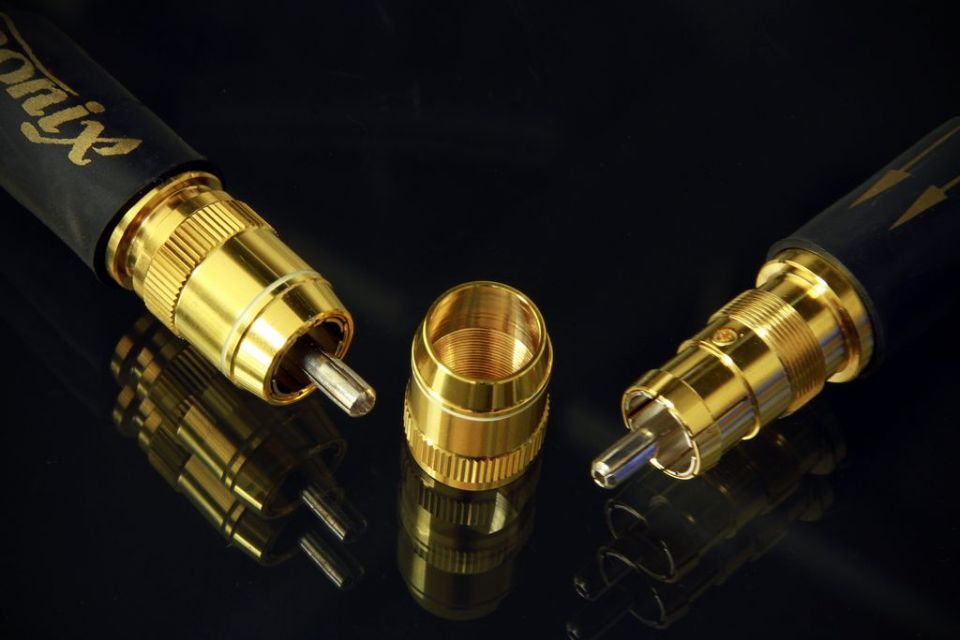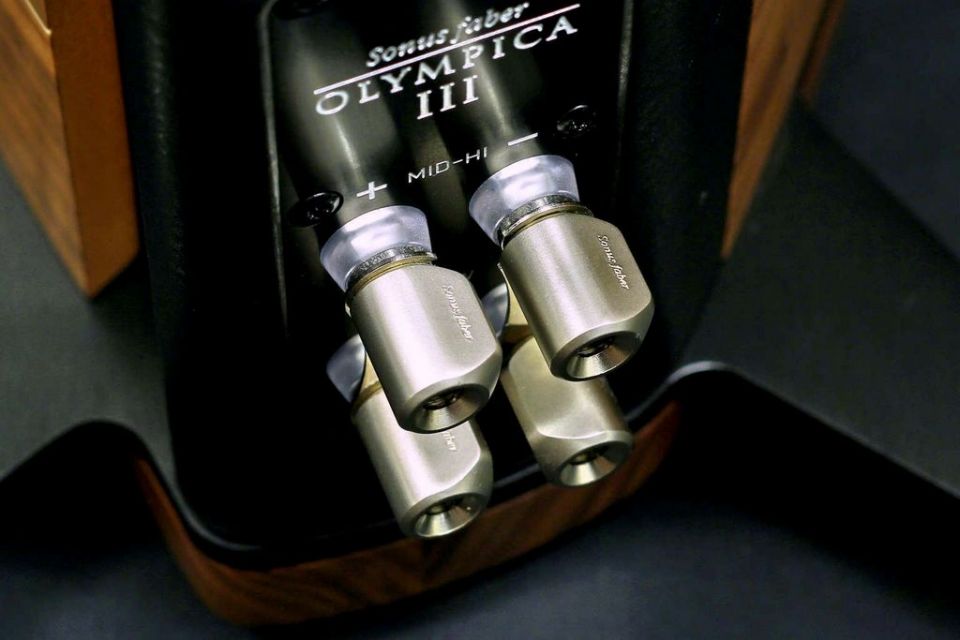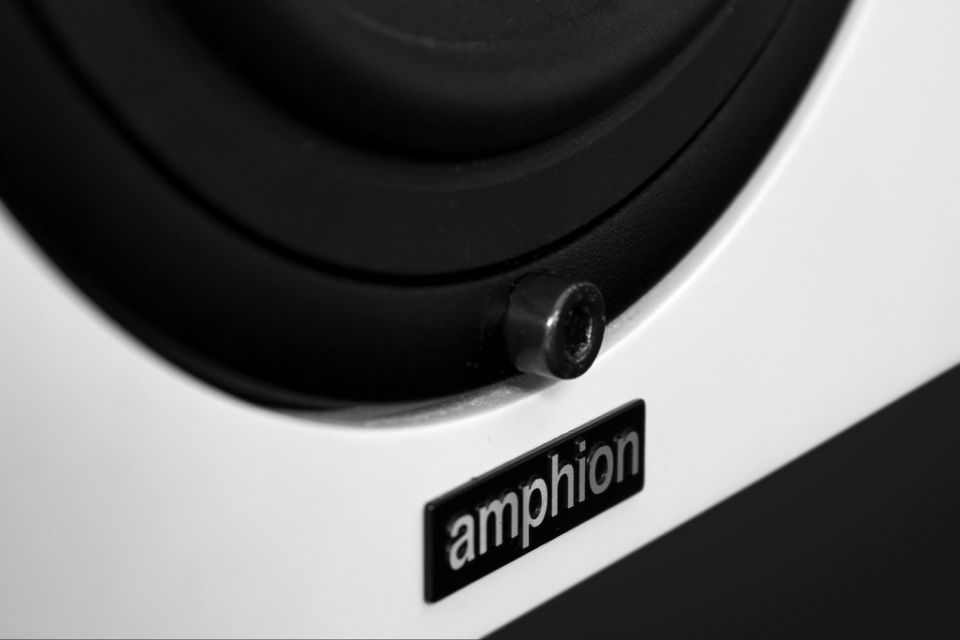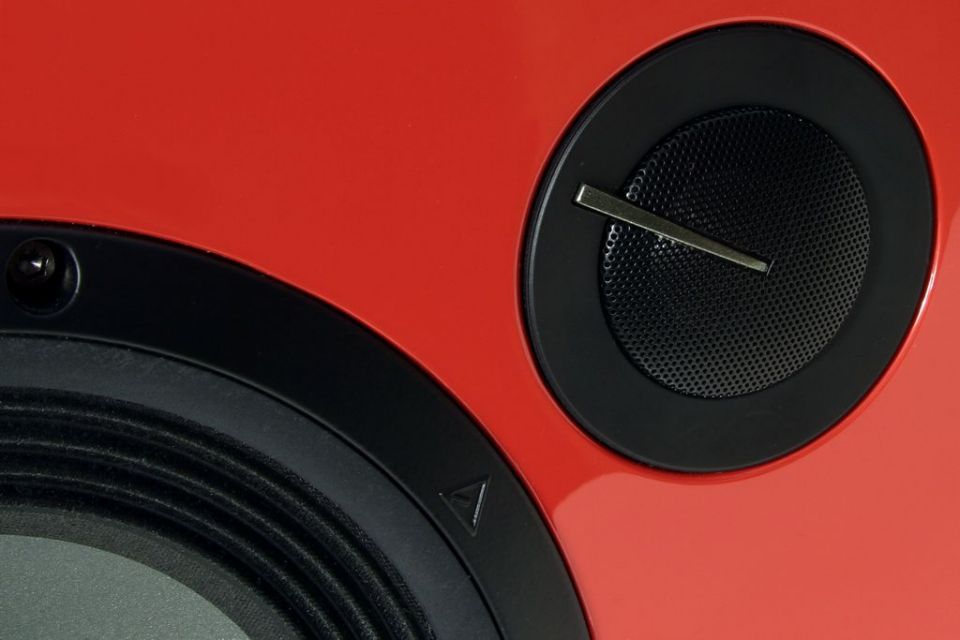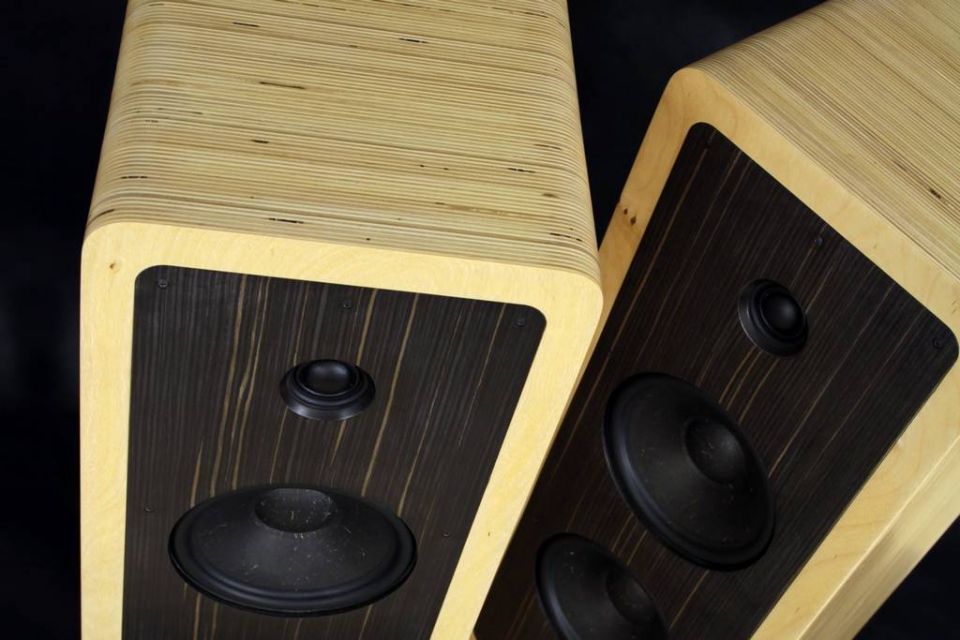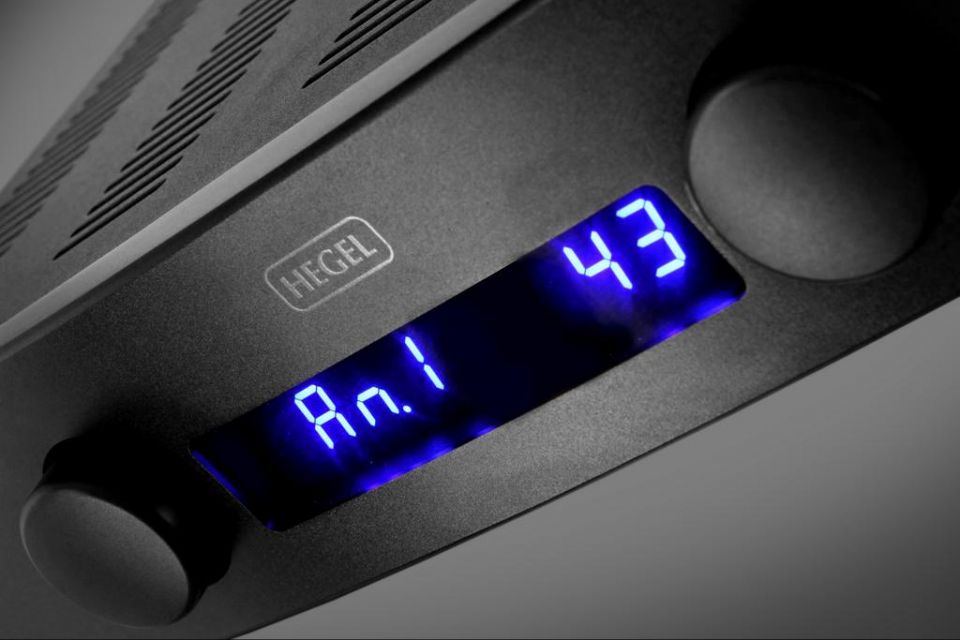Harmonix HS-101 Improved S & CS-120 Improved Version
Harmonix it is a brand owned by a Japanese concern named Combak Corporation, under the aegis of which many types of audio devices and many various accessories are made. The company is responsible for high-end Reimyo electronics, Bravo monitors, Enacom filters and a whole bunch of gadgets. In the catalogue one can find many different kinds of cable insulators, anti-vibrational platforms and feet, tapes improving the sound of cables, turntable mats and even special rings boosting the acoustics of the listening room. Prices which unambiguously suggest that Japanese accessories are designed for advanced in their disease audiophiles add piquancy to the matter.

